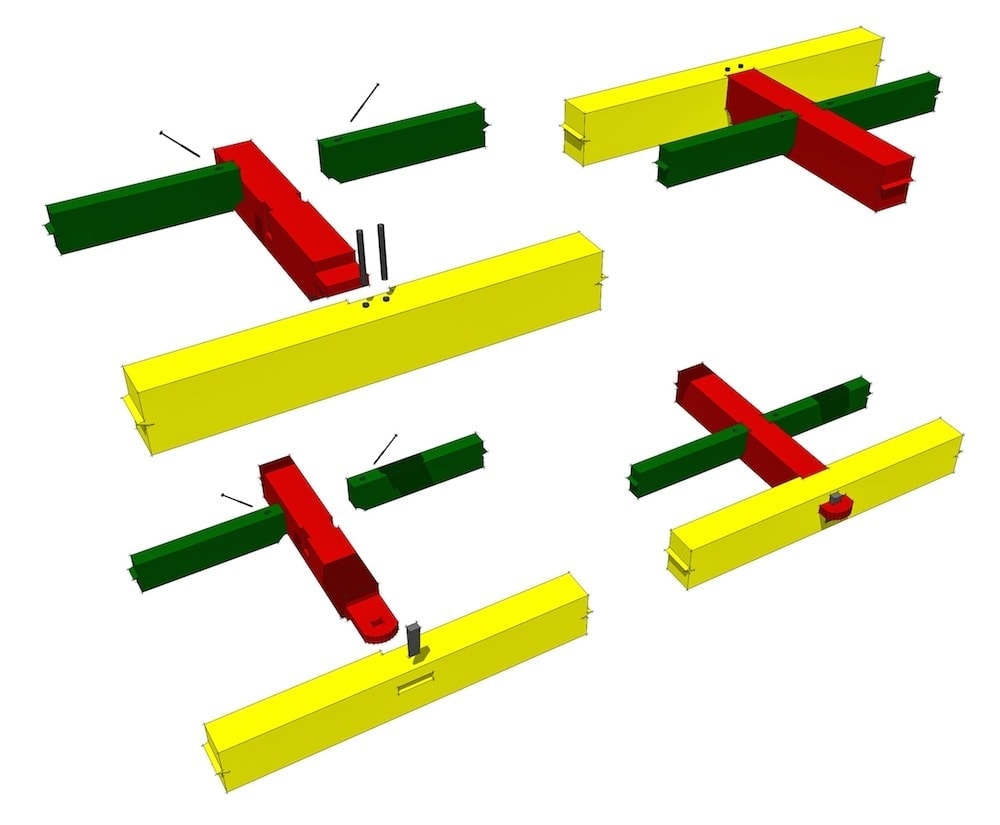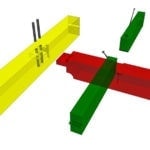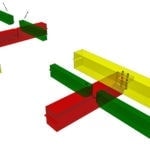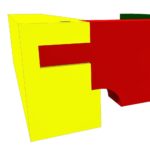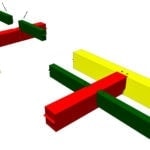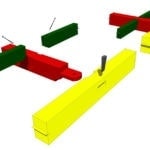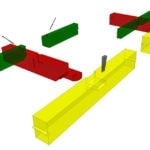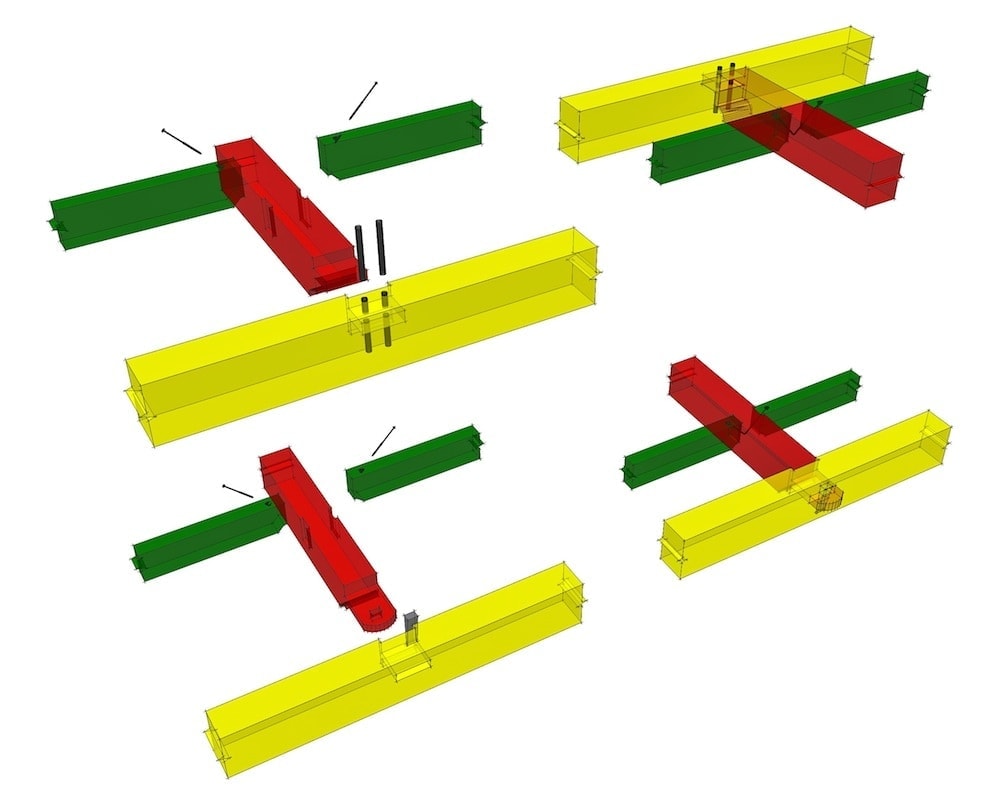A tusk tenon can be used in a couple different ways when timber framing. It is most commonly used in a timbered floor system when you are joining one beam to another beam.
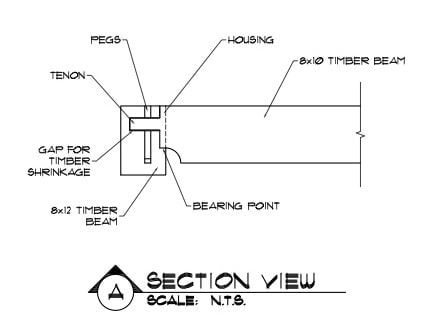
In the first example, two pegs are employed to hold everything together and a housing is used for the primary bearing point of the beam. Pegging tusk tenons is the preferred way, but is not as dramatic as wedged tusk tenons. The latter use a through-tenon with a wedge to secure the two timbers together.
One of the keys to the health and longevity of this joint is to make sure that the weight of the beam bears on the housing and not the tenon. If it bears only on the tenon, you risk splitting of the timber along the bottom of the tenon. To avoid issues, a gap needs to be created as shown in Fig. 1.
If you decide to use this joint, it is certainly the traditional way to go. In today’s timber frame homes, it is more common to see just a housing with the tenon being omitted and 2-3 structural screws holding everything in place. It is not as sexy, but is faster to cut and speeds up the raising.
